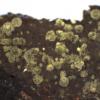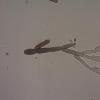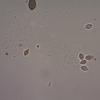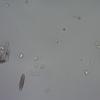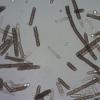
28-12-2024 11:14
 Marc Detollenaere
Marc Detollenaere
Dear Forum,On decorticated wood of Populus. I foun

23-12-2024 22:59
 Lucian Clanet
Lucian Clanet
Hello,I'm trying to find information about the Hyp

02-12-2024 16:13
 Paul Diederich
Paul Diederich
Flora of Lichenicolous FungiVolume 2 · Hyphomycet

23-12-2024 18:18
Rot BojanHello!I've been working with this small fungus for

21-12-2024 12:45
 Marc Detollenaere
Marc Detollenaere
Dear Forum,On naked wood of Fagus, I found some ha

23-12-2024 12:10
 Bernard CLESSE
Bernard CLESSE
Bonjour à toutes et tous,Pourriez-vous m'aider à
Green anamorph on Populus
Marc Detollenaere,
28-12-2024 11:14
 Dear Forum,
Dear Forum,On decorticated wood of Populus. I found these setose yellowgreen anamorphs.
The conidiophores were brown and seemed to contain some guttules. Conidia measured 5.9x3µ, were hyaline to brown and had the form of teardrops.Any ideas?
Best wishes
Marc


